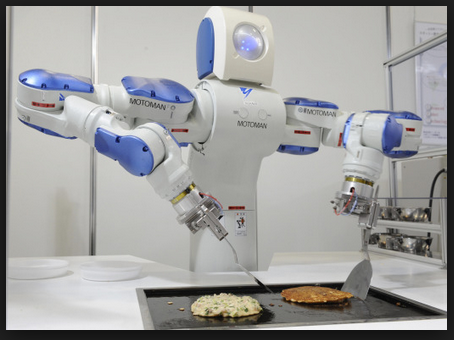
In recent posts, I haphazardly introduced some taxonomical terms when speaking about labor automation. Here are some classification dimensions we may use.
- low/high intelligence-intensive task: A task may demand a low degree of intelligent thinking to solve a problem, or it may use a high degree. A problem that requires one to imagine a new model or method to solve a problem would be highly intelligence-intensive, while a job that requires one to apply a method continuously or repeatedly would require low intelligence-intensive processing.
- low/high data-intensive task: Does the task require “big data” to perform adequately, or is a small chunk of data sufficient?
- low/high knowledge-intensive task: Writing a philosophy essay requires a lot of knowledge, while cleaning the dishes requires little. Solving an engineering problem requires intimacy with a lot of theoretical and technical knowledge. Replacing an expert psycho-therapist might require one to know a great deal about the field of psychology. Knowledge-intensive tasks tend to be more expensive to perfect for an AI system, since more training/testing is required to measure the acquisition of knowledge.
- low/high creativity: How creative does an agent have to be to adequately address a task? You would have to be very creative when designing an original art piece, while no degree of creativity is required when flipping burgers.
- low/high skill: How much real-world skill in a particular area required to solve the problem? Piloting a spacecraft might require a lot of skill, while it takes little skill to carry a plate.
- low/high interaction: How much does the task require the agent to interact with other people?
- low/high language-intensive: How much linguistic competence does the agent need to perform to successfully complete a task? A medium amount of linguistic competency may be enough for emulating a secretary task, but a very high degree of linguistic competence would be expected from an artificial legal expert.
- low/high repetitiveness: How repetitive is the task? Is it like milling the same block of metal many times? Is a task being repeated often or rarely?
Using such dimensions, we can make a quite informative taxonomy of existing tasks/jobs for automation targets. I used these terms in the course of explaining why I am trying to automate scientific tasks.
